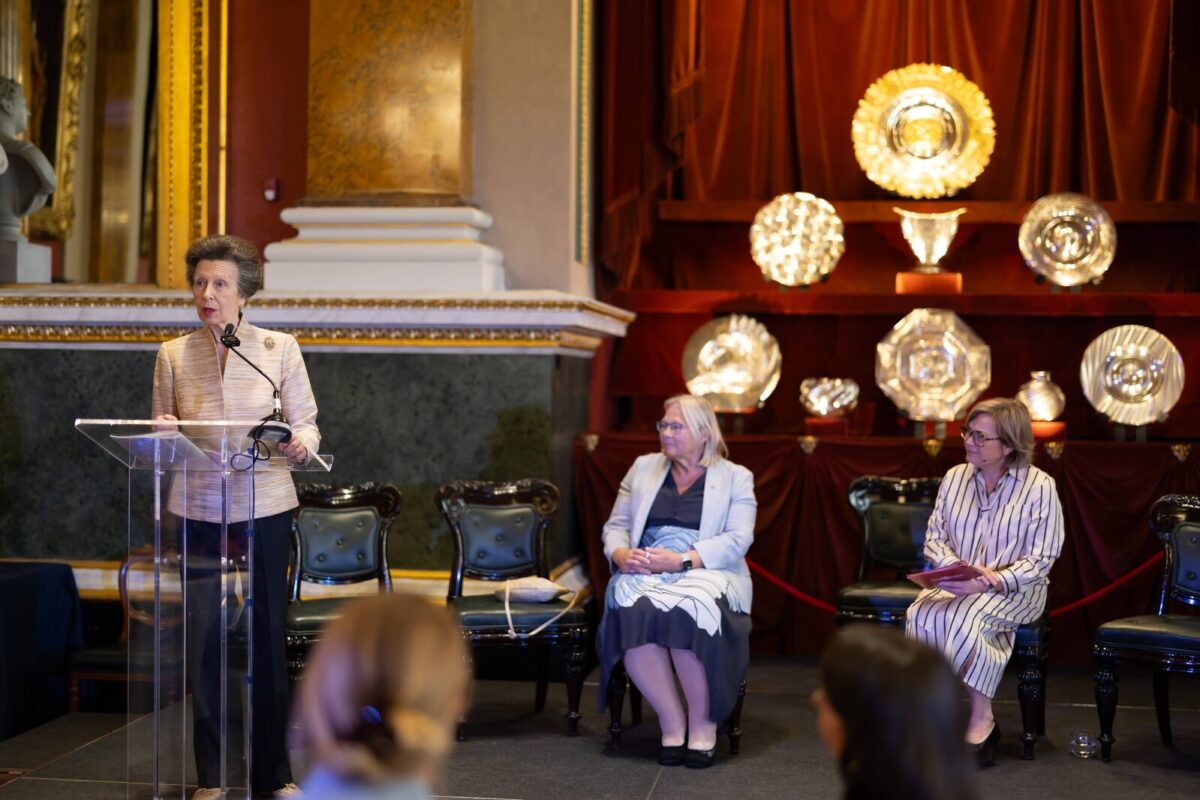Exploring Economic Inactivity and NEETs: What Are Their Challenges?

Boosting workforce participation is a key economic challenge in the 2020s. The policy work should start in the Budget. It’s not about getting the over 50s off the golf course though – we need to help people with ill-health and disabilities remain in work, improve training opportunities, and boost work incentives.”
As politicians try to boost the UK economy in the aftermath of the Covid-19 pandemic, one area of focus has been getting more people into work. Despite the furlough scheme doing a good job of preventing a rise in unemployment – remarkably, the unemployment rate reached a historic low of 3.5 per cent in 2022 – businesses up and down the country are struggling to fill vacancies. This is partly due to a sharp rise in the number of ‘economic inactive’ adults – that’s those who are not working, and not looking for work or able to start a job. The number of adults in this situation has risen by more than 800,000 since the start of the pandemic.
This is all the more concerning since it is not what we are used to. Although the UK economy had many problems in the 2010s – such as weak investment and poor productivity growth – one area of success was getting more people into work. For example, by 2019, the UK’s workforce participation rate was the fifth highest out of the 38 OECD countries, well above some of our neighbours like France and Germany.
But by 2022, the picture looks very different
Whereas France and Germany have seen their workforce grow in the past three years (by 1.5 and 1.8 percentage points respectively among working-age people), the UK’s has shrunk (by 0.8 percentage points). This has largely been driven by a rise in older people who are economically inactive, with three-quarters of the rise since the start of the pandemic being among people aged over 50.
This trend is bad for the UK economy as a whole, and has implications for individuals’ living standards, and we certainly need to work to reverse it. It’s welcome that the Government looks set to make workforce participation a key area of focus in the upcoming Budget. But so far, the rhetoric from the Government has revolved around ‘unretiring’ older workers – with the Chancellor recently telling older people that ‘life doesn’t just have to be about going to the golf course’.
But this is the wrong solution to a valid problem
Encouraging older workers who have recently taken early retirement to return to work is unlikely to be successful – not least because the spike in early retirement seen since the pandemic has been concentrated among higher-paid professional workers. Early retirements among many lower-paid workers actually fell. Two-thirds of these early retirees own their homes outright and therefore have low living costs. It will be very hard to persuade these people back into work.
There are many better places to focus our efforts. For one, there has been a sharp rise in economic inactivity due to long-term sickness, with the number of working-age people who are out of work due to ill-health rising by 460,000 since the start of the pandemic to reach a record high of 2.5 million in late 2022. We need to make sure this doesn’t become a defining trend of the 2020s. The first priority must be to address underlying increases in ill-health and disability in our population. Secondly, we should aim to keep more people who become ill or disabled in employment, by retaining the relationship between workers and their employer.
This might sound impossible but actually it’s one that’s worked before – with the introduction of Statutory Maternity Leave having a huge impact on maternal employment rates – retaining the link between a worker and their employer has massively boosted women’s return-to-work rates. That same approach should now be applied for those who have to take time-off because long-term sickness.
We shouldn’t give up on getting young people into employment
Finally, while the recent rise in economic inactivity has been concentrated among older people, we shouldn’t give up on efforts to get more young people into employment. Recent data shows that there are 788,000 young people aged 16-24 who are NEET (not in education, employment or training) – and there was a sharp rise in youth unemployment in the last few months of 2022. Policy makers should focus on supporting these young people into high-quality work or study.
Boosting workforce participation is not going to be easy in the 2020s, but it’s an issue that we’ve excelled at in the recent past, and can do so again. The upcoming Budget is the first big test of whether the Chancellor has understood that doing so will require more than simply telling over the 50s to get off the golf course.











Regarding NEETs, what kind of study or work exemplifies
high-quality, and are a large proportion of NEETs able to
fill such roles?